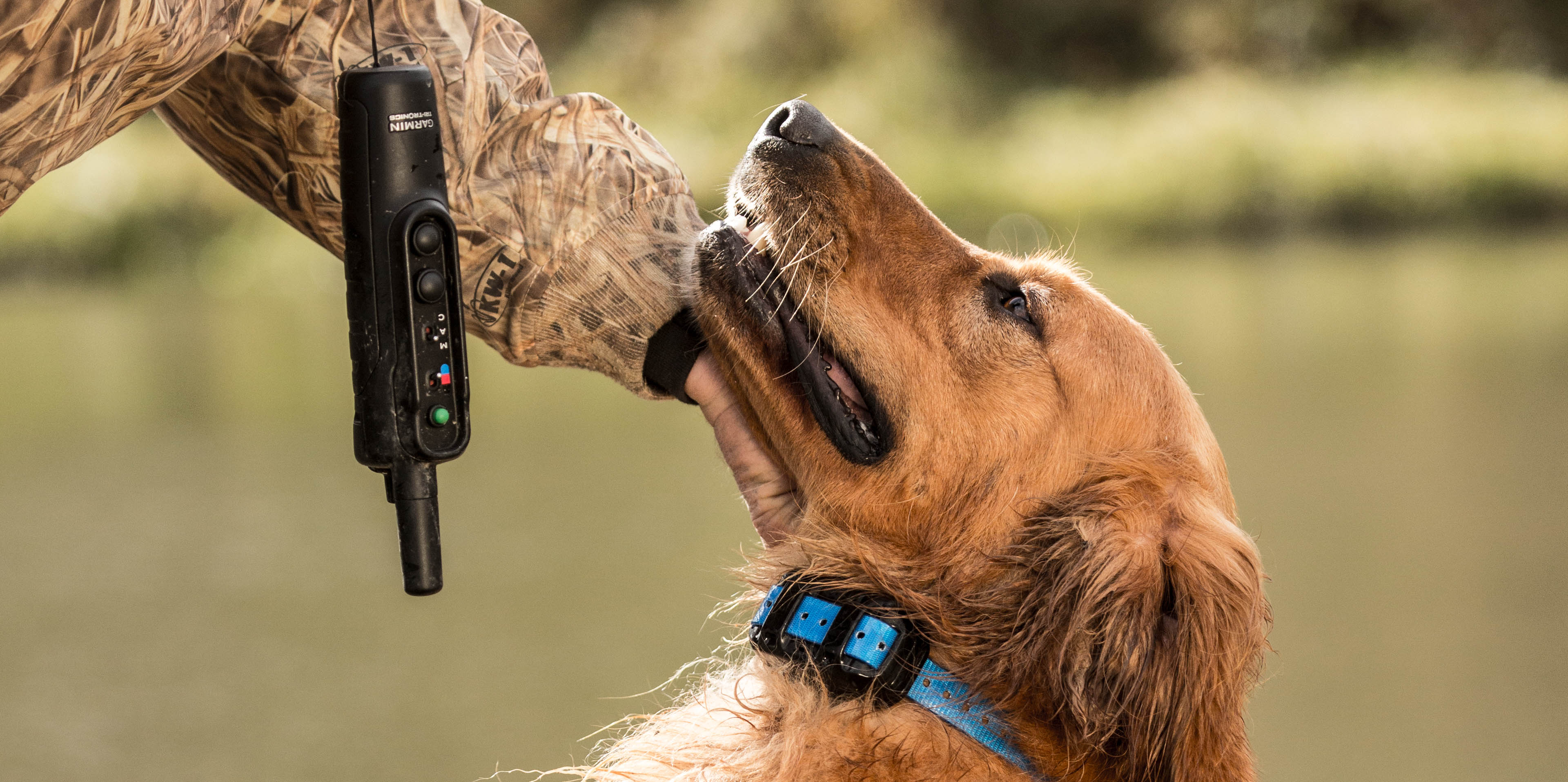
Wick’s Wisdom: Way Versus Ways
Do all the people you know act and think alike? I didn’t think so, and neither do the dogs you know. There are also significant differences in mental and physical toughness in the various dogs we’ll work with in an effort to bring out their very best talents and behaviors. Yeah, there may be some similarities or categories that they fit neatly into such as mentally very tender or extremely tough. Understanding this from the get-go isn’t too difficult.
Changing and adapting our speed and ways of doing things with these various types of dogs seems to be much more difficult for many of us. If we’re not real careful, we fall into patterns of behavior and then expect our dogs to adapt to them. Whoa! That’s not gonna work very well. For some dogs, your usual way of doing things may work quite well. For many others, it will not! That’s why if we’re going to be successful with most dogs most of the time, we need ways of doing things. Quite a few of them. Not just one way!
We always need to carefully consider the age of our canine pupil. We need to be careful to consider the foundation of training and human interaction they’ve received so far. We need to consider and understand what training mistakes we or someone else has accidentally imprinted in this dog’s mind beforehand. What is each dog’s mental toughness level? Where do they fit on the ten point scale from very fragile to tough as nails? Sometimes the more tender-natured mentality of dogs goes with less tough in the physical department too, but that’s certainly not always the case. In addition to knowing their toughness on the mental side, we need to figure out where they rank in physical toughness. Maybe another way of saying it would be their ability to take slight discomfort, or their pain threshold. I don’t know why or how that works, but I do know there is a difference. Give one dog a slight bump with your E-collar and it never even notices it. The same slight bump will have a different dog dropping to the ground wondering if the world is coming to an end.
Always learn and carefully consider the in-born nature of each dog you enjoy working with. Doing that goes a long way to assuring success and assuring each of these dogs enjoys working with YOU! In the two-legged and four-legged partnership, the human gets to be the boss. In fact, we MUST be the boss. We are the brains of the outfit, but we must always be a gentle, understanding, considerate dictator. We always stay calm and thoughtful. We never dish out any correction that is harder or harsher than is required to get the dog to realize that some incorrect thought or action causes some discomfort — not pain, discomfort. There’s a BIG difference!
We will all encounter a few folks who feel that E-collars mess dogs up. But no, E-collars do not mess dogs up. But some people mess dogs up using E-collars. Most dogs that have been messed up or set back through incorrect E-collar use fall into one of three categories:
1. Dog was not properly introduced, acclimated, and prepared for E-collar use before it was used.
Paying close attention to preparing our dogs for E-collar use is a necessity and most of us realize that. Sometimes we all need a gentle reminder.
2. A new owner of an E-collar attempted to eliminate several different types of behavioral problems their dog had, and do it in the first week.
It’s always best to pick one or at the most two issues we want to teach or correct and carefully and patiently work through them. After those are corrected, then tackle another one, and later another one in the order of importance or necessity.
3. A user shocked the dog instead of tickled it.
It’s so important to know the mental and physical toughness level of your dog. When using an E-collar, use it in such a way that you are never physically hurting the dog or killing its confidence. Dog training should NEVER be done in one day or one week. It’s a process. If we gently bump, nick, or tickle ’em just enough to get their attention and provide mild discomfort, we will gradually get the desired message across without causing ill effects.
You and I are not exactly alike, but we probably have many similarities. Our dogs are not exactly alike, but I’m sure they have some similar thought patterns. After intelligence, their biggest basic differences are probably in their mental and physical toughness levels, which we need to understand and consider whenever any chosen type of training is happening, regardless of what kind of dog owns you.
–John Wick
Follow Garmin Fish & Hunt on social media for fishing and hunting videos, tips from pros and to stay up-to-date on the latest Garmin products.




